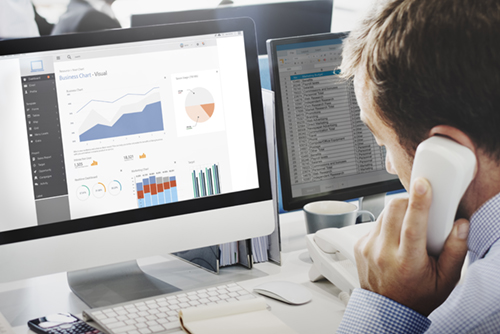New tools in project management can appear complex and unusable. However, project dashboard reporting stands out as one of the quickest, most effective ways of adding value to your project team and your organization.
Check out some of the reasons why project dashboard reporting tools are becoming one of the most valuable assets of modern project management.
1. Project Dashboard Reporting Adds Value as a Source of Visual Presentations
From employees to stakeholders, you need to provide a means of measuring performance, and for some, discerning the facts beneath data can be difficult.
Yet, you can make the learning process applicable to visual learners through the use of dashboard reporting tools. Graphics can be copied and distributed to all appropriate parties, ensuring all individuals understand the current status of the project.
2. Dashboard Reporting Results in Fast Identification of Problems
The cost of a problem is associated with how quickly the problem is located and fixed. Since these tools enable you to immediately identify what KPIs and metrics are askew, you can determine the cause of the problem faster. As a result, the costs associated with each problem are reduced, and your project can avoid going over the planned budget.
3. It Saves Time in Running Endless Reports
There are dozens of reports that provide different information for project managers, members of the project management team and skilled workers. Running all of these reports individually requires time and resources, which may include paper for printing and digital storage space.
However, the use of reporting tools in a project dashboard allows you to see the most important information from each report in one place.
4. These Capabilities Increase Visibility in Your Organization
Visibility is one of the top concerns for today’s organizations, and fast reporting leads to better visibility. Since each dashboard can be customized for different levels of management, you can make sure all appropriate parties have access to relevant information from reports and KPIs. Similarly, this prevents individual parties from becoming distracted due to excess information.
5. Project Dashboard Reporting Allows for Drill Down Into Information
By compiling your reports in one place, project dashboard reporting allows you to immediately access the specific details that are contributing to the scores for each tracked measure. In other words, you can see exactly what needs to be improved. This reduces delays and improves accuracy in generating forecasts.
If your organization has not considered using project dashboard reporting, think about how much time is lost with your current processes. Reports through project dashboarding increases the value of your team by improving your responsiveness to your project, and your organization can reap significant improvements in workflow as well.
Key Ways Project Dashboard Reporting Adds Value
- Transforms raw data into visual graphics for rapid distribution among team members, stakeholders and employees.
- Allows for the immediate detection of problems and closer analysis of details in individual and multiple reports simultaneously.
- Aggregates information from multiple reports into one space.
- Improves visibility across your organization by ensuring everyone has access to the appropriate information for their position.



